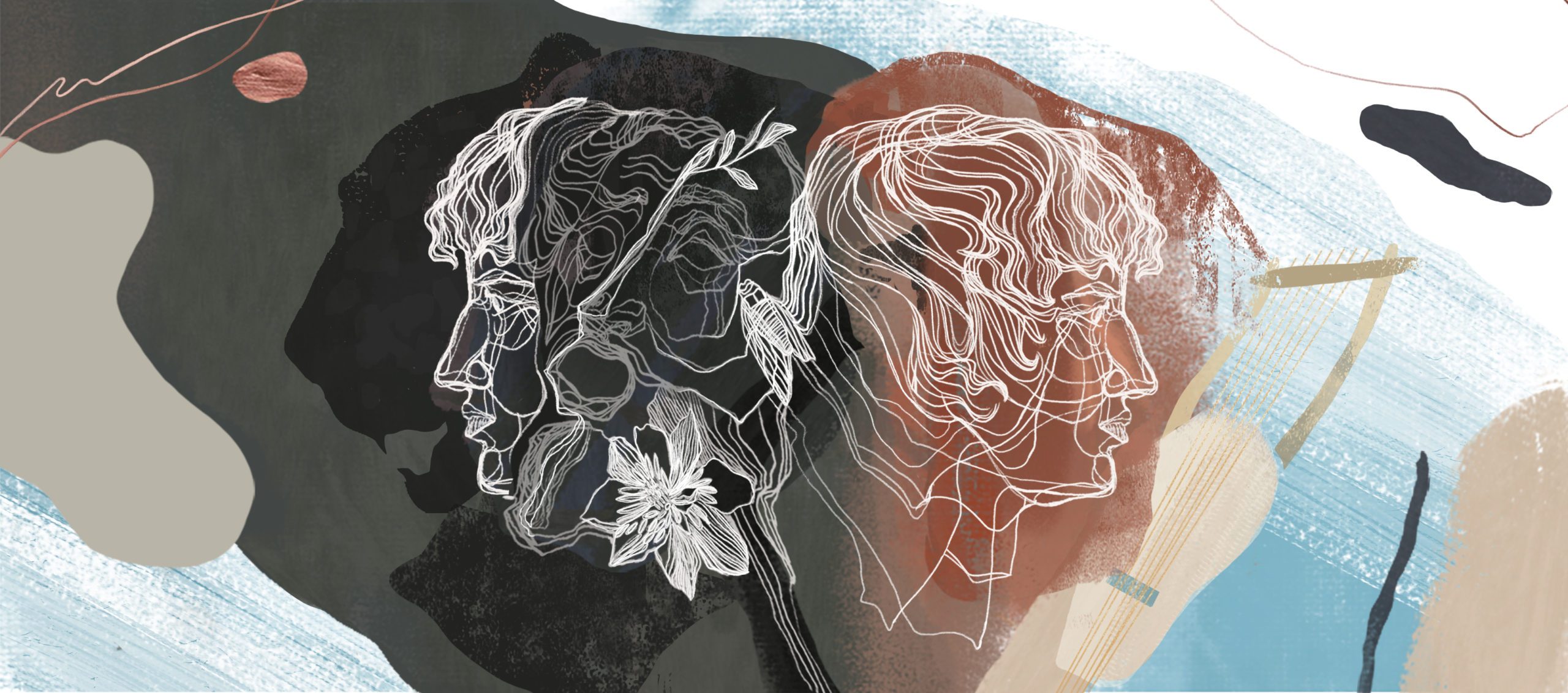Our book, Dionysus and Apollo after Nihilism: Rethinking the Earth–World Divide (Leiden and Boston: Brill), is now in press. It is scheduled for release on April 26, 2023. We began to work on this book just a few months after lunching polymorph.blog; thus book and blog have run parallel to one another, and grown together,…
Metaphysics in disguise: Another look at Speculative Realism and New Materialism
I Marx once famously wrote that a spectre was haunting Europe: the spectre of communism. It can be affirmed that, today, a very different spectre, coming from northern Europe, haunts contemporary thought – and that, along the way, it has encountered another, older ghost – and that, together, like Typhon and Echidna, they have brought…
What Dies, and What Lasts: On Rosenzweig’s Indictment against Anaximander
I Franz Rosenzweig, in The Star of Redemption — which is a very interesting book, partly written in the trenches of the Balkan front during World War I —, accuses philosophy — he says: from Ionia to Jena, that is to say, all the history of philosophy, from its inception with the Ionian philosophers (Thales,…
Moreau contra Impressionists
In a letter addressed in 1897 to Leopold Goldschmidt – who, having acquired a painting of his, Jupiter and Semele, asks its author for some comments on it – Gustave Moreau writes: “It would be deplorable if this admirable art, which can succeed in expressing so many things, so many noble, ingenious and profound and…
On the Counter-Odyssean Background of Contemporary Philosophy
What follows is the synopsis and chapter one of Carlos’s new book project, which is provisionally titled: Ulysses’s Mast: Prolegomena to a Post-nihilist Philosophy. The book argues that contemporary philosophy has lashed itself to Ulysses’s mast to sail past what Adorno called the coincidence of identity and positivity, being and plenitude. Ulysses’s mast thus symbolises…
Seeds of Singing – or, What Else Can a Soul Be and Do
Pasolini’s Teorema (1968) ends with one of the characters, “Paolo,” a bourgeois middle-aged man, running naked through the wilderness out of shame, a profound anti-bourgeois shame. For, while Paolo is able to break off with the bourgeois order that he himself incarnates as both a bourgeois father and businessman, he proves incapable of replacing it…
“It’s a Giraffe” – or, the Dangers of Russian Mysticism
We have written elsewhere on Russian Christian Neo-Fascism. When, in February 2022, Russia launched its invasion of Ukraine we were temporarily residing in St. Petersburg, where Sofya was involved in several artistic projects and Carlos was about to start teaching contemporary philosophy at the European University. In the wake of the invasion we left St….
Russian Christian Neo-Fascism and the Twilight of Practical Reason
Kant’s statue in Kaliningrad, vandalised by Russian hooligans in 2018 “No You Kan’t!” – The Telling Provocation of a Russian Vice-Admiral In September 2020 we illustrated an entry titled “What Is Philosophy?” with a picture of Kant’s statue in present-day Kaliningrad (former Königsberg) splashed with pink paint by Russian hooligans as a mean to protest…
The Eidos of a Mango Tree
I Unlike what Deleuze (1990, pp. 253-66) claims, it is not Plato but Aristotle (in An. Pr., I, 27) who reduces the individual to typological classification (this is an individual mango tree, mango trees belong in the mangifera genus, which are part of the anacardiaceæ family [fig. 1], etc.), which means that, from Aristotle’s standpoint,…
On Concepts
One of the many faces of contemporary philosophy expresses at least three interdependent emotional states which interchange depending on the occasion: a concern about how to relate to the Other, a repulsion against any kind of concepts, and a sincere fascination with the non-philosophical. It can all be said to begin with Levinas and Derrida,…
